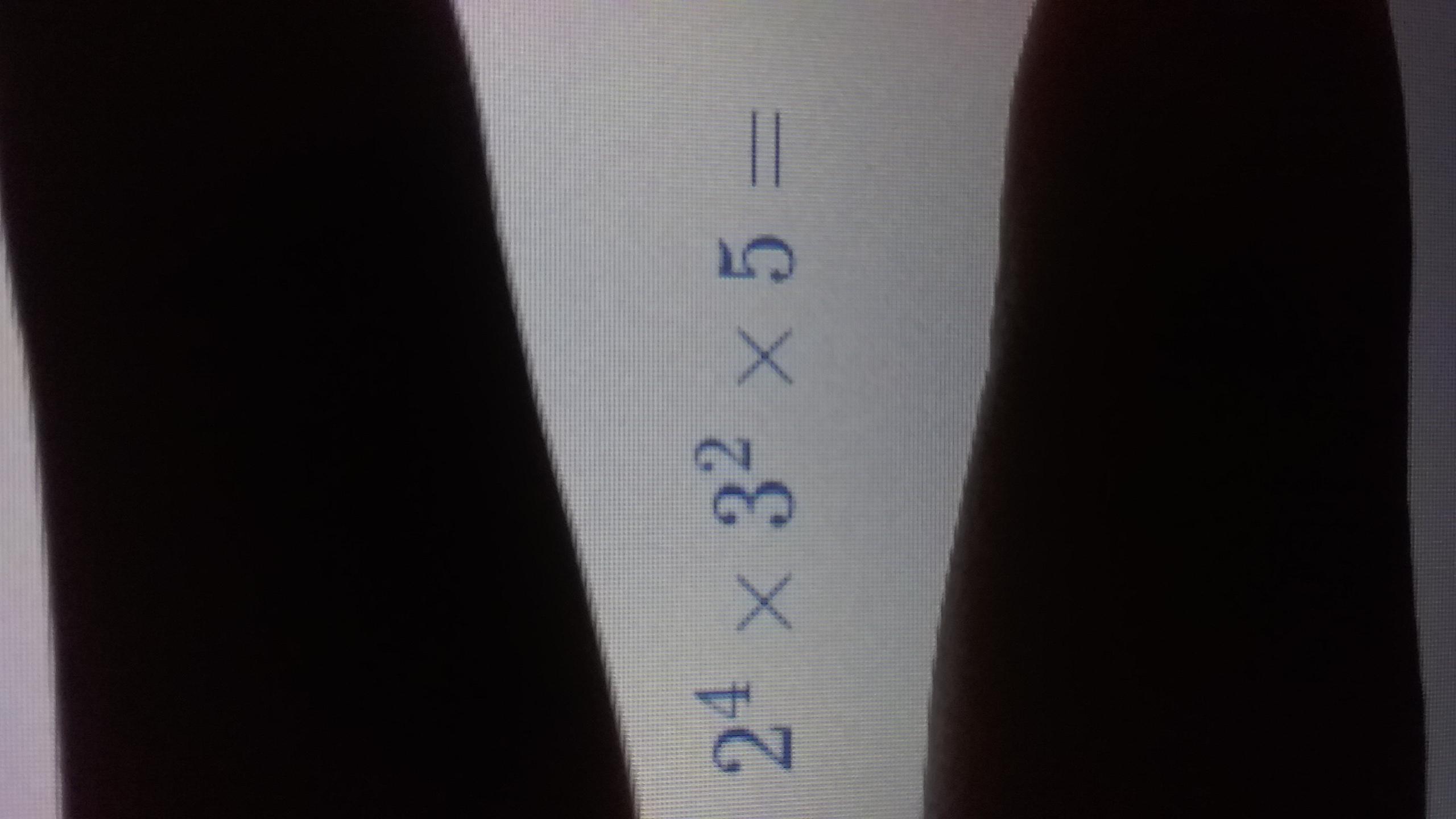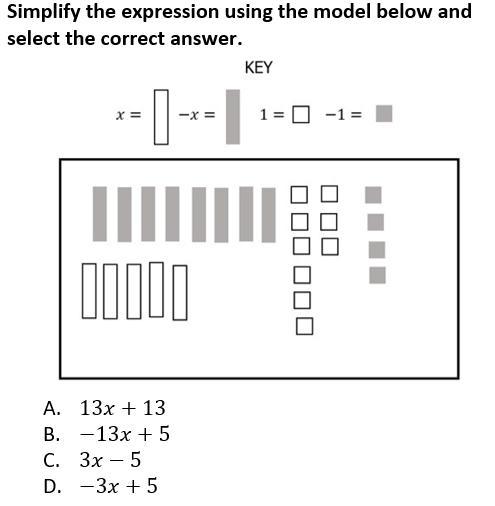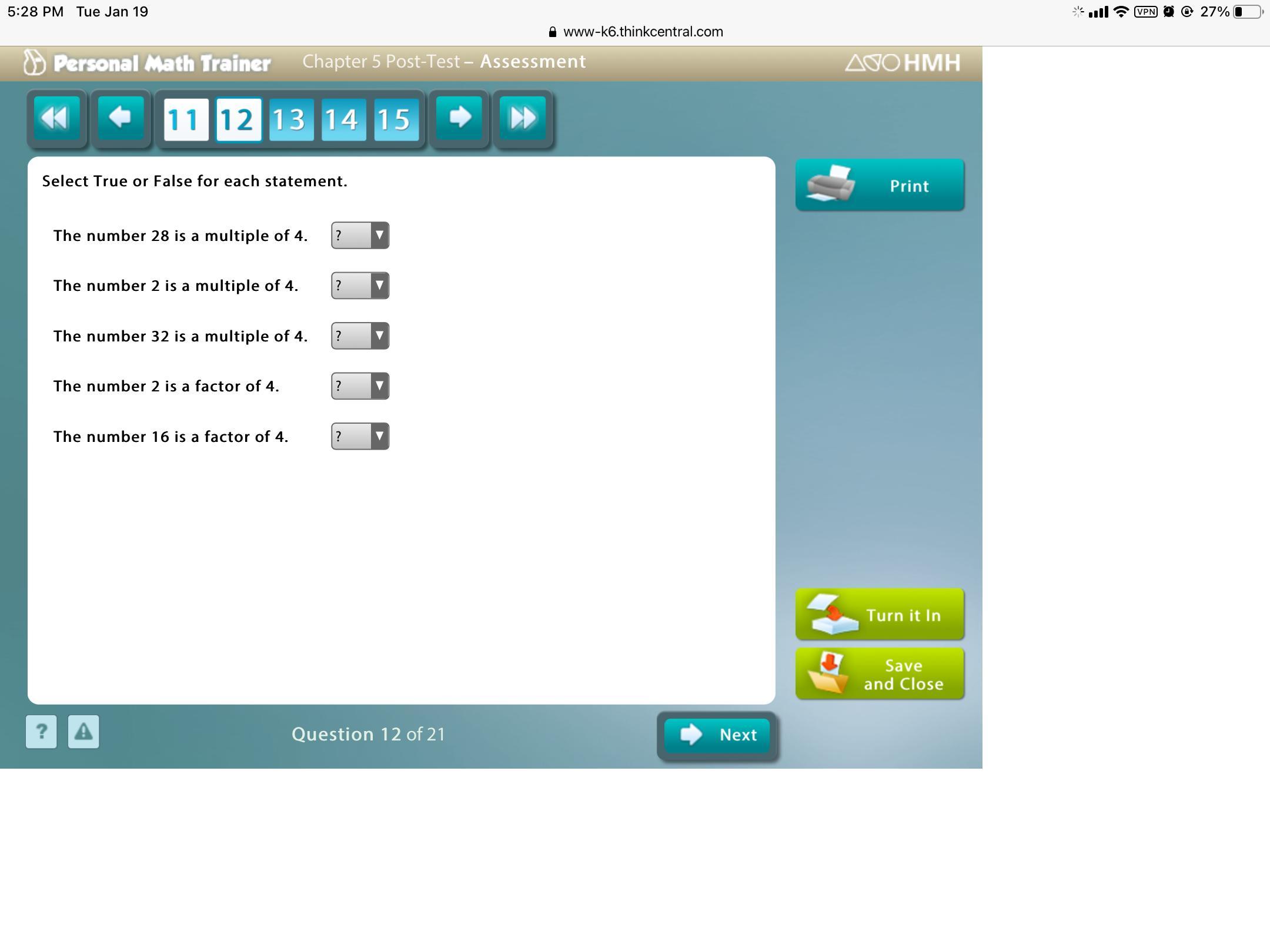write a sentence to compare the two points shown on the number line
-2.7 and 4.5
Answers
Related Questions
In the example shown, how many miles will June walk in 2.8 hours? Estimate first, then compare your answer to the estimate. 1.7 miles in 1 hour if she walks at the same rate how far will she walks in 1.5 hours
Answers
Answer:
What are the examples I can't answer this without them
Step-by-step explanation:
Given: UR ∥ ST ∠R, ∠T right angles Prove: ∆RSU ≅ ∆TUS
What you will get:
25 pts
Brainliest
Answers
Here
Angle R = Angle T
UR = ST
US = SU
So using RHS conguerence criteria Triangle RSU conguerent to Triangle TUS
Hope it helps !

Help asap! 40 points
Given d || e.
∠1 and ∠2 are ___
vertical
corresponding
complementary
supplementary
angles.
∠6 and ∠8 are ___ angles. (same options as first one)
∠1 and ∠5 are ___ angles. (same options as first one)

Answers
Answer:
∠1 and ∠2 are supplementary angles.
∠6 and ∠8 are vertical angles
∠1 and ∠5 are corresponding angles.
Step-by-step explanation:
∠1 and ∠2 lie on a straight line which will always add up to 180 degrees or supplementary.
∠6 and ∠8 lie opposite each other on the transversal (intersecting line) and are equal.
<1 and <2 are Supplementary angles
<1 and <5 are Corresponding angles
<6 and <8 are Vertical angles
Given that d II e
when a transversal intersects two parallel lines the following conditions are true:
Supplementary angles are those angles when the sum of two angles is equal to 180 degrees. Since <1 and <2 are on either side of the transversal their sum is equal to 180 degrees hence why it's a supplementary angle.
Vertical angles form 4 angles when a line intersects them and the two angles are opposite to each other. In this case <6 and <8 are opposite each other hence why they are vertical angles.
Corresponding angles are the angles that are in the same position on each of the parallel lines and on the same side of the transversal. In this case both <1 and <5 are on the same side of the transversal on each of the parallel lines hence why they are corresponding angles
To learn more about supplementary, corresponding, and complementary angles,
https://brainly.com/question/30147425?referrer=searchResults
https://brainly.com/question/14954159?referrer=searchResults
A fruit juice recipe calls for 2 parts orange juice and 8 parts pineapple juice. Which proportion can be used to find the amount of orange juice, j, that is needed to add to 18 L of pineapple juice?
2 over 8 equals j over 18
8 over 2 equals j over 18
8 over j equals 2 over 18
16 over 18 equals j over 100
Answers
The correct proportion to use to find the amount of orange juice, j, needed to add to 18 L of pineapple juice is:
2/8 = j/18
This proportion relates the ratio of orange juice to pineapple juice in the recipe (2:8) to the amount of orange juice needed to add to 18 L of pineapple juice. By cross-multiplying, we can solve for j as follows:
2/8 = j/18
218 = 8j
36 = 8*j
j = 36/8
j = 4.5
Therefore, you would need to add 4.5 L of orange juice to 18 L of pineapple juice to create the fruit juice recipe that calls for a ratio of 2 parts orange juice to 8 parts pineapple juice.
Answer:
2 over 8 equals j over 18Step-by-step explanation
2 over 8 equals j over 18
This proportion represents the ratio of orange juice to pineapple juice in the recipe. By setting up the proportion, we can solve for the value of 'j,' which represents the amount of orange juice needed.
So, the correct proportion is:
2 over 8 equals j over 18
The equation y = 9.5x + 100 represents the amount y that Javier earns by working at the grocery store for x hours, plus a holiday bonus. Which of the following is the amount of Javier’s holiday bonus?
A $9.50
B $100
C $90.50
D $109.50
Answers
Answer:
100
Step-by-step explanation:
Answer:
B) 100
Step-by-step explanation:
The 9.5 is how much he earns per hour for x hrs
Does anyone know how to solve this?

Answers
Answer:
Step-by-step explanation:
you multiply then divide
Answer: 17
Step-by-step explanation: I did it
Please help me out with this question....

Answers
Answer:
2(1/2-3/4)
Once you evaluate the expression, your answer should be -2.5.
2. One angle of a triangle measures 10 degrees more than the second. The measure of the third angle is twice the sum of the measures of the first two angles. Find the measure of each angle. [Hint: the sum of the three angles in a triangle equals 180°.] PLEASE SHOW YOUR WORK I WILL MAKE BRAINLIST PLEASE!!!!!!!
Answers
Answer:
first angle = 25 degrees
Second angle = 35 degrees
Third side = 120/degrees
Step-by-step explanation:
Let the size of the second angle be x degrees.
One angle of a triangle measures 10 degrees more than the second. This means that the size of the first angle is ( x+ 10 )degrees.
The measure of the third angle is twice the sum of the measures of the first two angles. This means that The third angle = 2( first angle + second angle). So the size of each angle is
First angle (x + 10) degrees
Second angle = x degrees
Third angle = 2(x + 10 + x) = (4x + 20) degrees
Sum of angles in a triangle = 180 degrees. Therefore, x + 10 + x + 4x + 20 = 180 degrees 6x + 30 = 180
6x = 180 - 30 = 150
x = 150/6 = 25 degrees
First angle = x + 10 = 25 +10 = 35
Third angle = 4x + 20 = 4 × 25 + 20
= 100+ 20 = 120 degrees
Hope this helps
Answer:25(1st angle),35(2nd angle),120(3rd angle)
Step-by-step explanation: (/ stands for divide)
180/6=30 (sum of angles/total units=value of one unit, third angle is 4 units as it is twice the sum of first two angles)
30x4=120 (value of unitxnumber of units of 3rd angle=3rd angle)
30x2=60 (value of unitxfirst angle+second angle total units=value of 1st angle+2nd angle)
(60-10)/2=25(1st angle)
25+10=35(2nd angle)
CHECK: 35+25+120=180
hope you get it :)
Duffy completed a 50-meter dash in 36 seconds. That was 90 percent of the time it took Paul to complete it. What was Paul's time?
A. 36 seconds
B. 42 seconds
C. 40 seconds
Answers
Answer: C
Step-by-step explanation: Cross multiply.
36/90 = x/100
3600/90 = 40
On a family camping trip, 5 backpacks can fit in the trailer for every 3 people. If 9 people are going on the trip, how many backpacks can fit?
12 backpacks
14 backpacks
15 backpacks
24 backpacks
Answers
Answer:
15 backpacks
Step-by-step explanation:
9 divided by 3 is 3m so there are 3 times more than 3 people going on this trip
So we just multiply 5 by 3 to get 15
15 backpacks for 9 people
Hopes this helps please mark brainliest
5x3=15backpacks
I need help, please quickly

Answers
Answer: The ratio is 18:3
Step-by-step explanation:
Answer: 6 to 1
Step-by-step explanation:
A ratio refers to a fraction. In this case the question asks how many players to coaches there are.
The word "to" means that is where the fraction bar goes.
Players/Coaches
There are 18 players and 3 coaches.
18/3
18 can be divided by 3, 6 times so the fraction can be simplified to
6/1 meaning there are 6 players for every coach.
I need help with this question, I'm not very good at math and all help is appreciated!

Answers
Answer:
A
Step-by-step explanation:
We can solve for H by isolating it on one side of the equation, as follows:
J/H - I/H = G
Taking H as the common denominator:
(J - I)/H = G
Multiplying both sides by H:
J - I = GH
Adding I to both sides:
J = GH + I
Dividing both sides by G:
H = (J - I)/G
So the answer is
(A)
H = (J - I)/G.
Answer: A
Step-by-step explanation:
\(\frac{J}{H} = G + \frac{I}{H}\) >Since you are solving for H bring I/H to the other side
by subtracting I/H from both sides
\(\frac{J}{H}- \frac{I}{H} = G\) >There is a common denominator so you can
combine the fractions
\(\frac{J-I}{H} = G\) >Multiply both sides by H or cross multiply whichever
way your mind things about how to get H on top
\(J-I = G(H)\) >Divide both sides by G
\(\frac{J-I}{G} = H\) >Answer is A
the ratio of the number of oranges to apples to bananas is 8:5:2. if there are 120 fruits in total, how many bananas are there
Answers
Answer:
Step-by-step explanation:
To find the number of bananas, we need to determine the proportion of bananas in the total number of fruits based on the given ratio.
Let's assume that the ratio of oranges, apples, and bananas can be represented by 8x, 5x, and 2x, respectively, where x is a common multiplier.
The sum of the parts in the ratio is 8x + 5x + 2x = 15x.
We know that the total number of fruits is 120. Therefore, we can set up the following equation:
15x = 120
To solve for x, we divide both sides of the equation by 15:
x = 120 / 15
x = 8
Now that we know the value of x, we can find the number of bananas by multiplying it by the corresponding part of the ratio:
Number of bananas = 2x = 2 * 8 = 16
So, there are 16 bananas in total.
We can add all the parts to the ratio and get 15. Out of 15 parts, 2 are bananas. Now we can calculate how many fruits are in one part. One fifteenth of 120 is 8, so there are 8 fruits in one part. 2 parts are bananas, so multiplying 8 with 2 gives us our answer, 16.
(CORRECT ANSWER GETS BRAINLIEST) From the information in the graph, what is the mean number of books the boys read?A.3 B.4 C.5 D.6

Answers
Explanation: Count how many books the boys read in total: 7, 2, 3, 5, 3
Add them up: 20
Divide by the number of days: 20/5
=4
On Tuesday 2read
On Wednesday 3 read
On Thursday 5 read
On Friday 3read
Total read (7+2+3+5+3)
=20
Mean = Σf/n
Σf= sum of data(frequencies)point
n= total number of data(frequencies)
=20/5
=4
Man number of books the boys read is 4
Option B
Please get this right

Answers
Answer:
i can't see the question right but you basically just multiply the number by itself (as many times as the exponent says)for the answer
also when you find the top number divide it by the bottom number to get your answer
Step-by-step explanation:
if the picture was clearer I could help you more
Plssss Help!!!
Which of the following could be the side measures of a right triangle?
A. 6 ft, 5 ft, 4 ft
B. 8 ft, 7 ft, 6 ft
C. 10 ft, 8 ft, 6 ft
D. 12 ft, 10 ft, 8 ft
Answers
Answer:
C
Step-by-step explanation:
First, let us try the first on:
sqrt (5^2+4^2)=sqrt 41 so it can't be A
Second one:
sqrt (6^2+7^2)=sqrt 85, no
Third one:
sqrt (8^2+6^2)=sqrt 100 = 10, so it is C
Answer:
C
Step-by-step explanation:
I will just say how to do C but it is the same for all of the other ones.
First I write a²+b²=c²
Then I put in the numbers and get 6²+8²=10²
After that I do the ² to all of them to get 36+64=100
Next I add 64 and 36, which equals 100
100=100
help me this one plssssssssssss

Answers
Answer:
The integer that describes the translation from B to B' is (-2,1)
Michael spent $18 at a local farmers’ market. The apples he bought cost $2 per pound, and the peppers cost $3 per pound. How many pounds of apples and peppers did he buy?
This equation represents the scenario:
2a + 3p = 18
Choose the equations that are equivalent.
Check all that apply.
p = two-thirds a + 6
p = negative two-thirds a + 6
a = negative 1 and one-half p + 9
a = 1 and one-half p + 9
a = StartFraction negative 3 p + 18 Over 2 EndFraction
Answers
Answer:
p = -2/3a +6
a = -3/2 p +9
a = -1 1/2 p +9
a = (-3p+18)/2
Step-by-step explanation:
2a + 3p = 18
Solve for a
2a +3p -3p = 18-3p
2a = 18 -3p
Divide by 2
a = 18/2 - 3p/2
a = 9 - 3/2 p
a = -3/2 p +9
a = -1 1/2 p +9
a = (-3p+18)/2
Solve for p
2a +3p = 18
3p = 18 -2a
Divide by 3
p = 18/3 - 2/3 a
p = 6 -2/3a
p = -2/3a +6
PLEASEE HELP MEEE WHO EVER IS CORRECT GETS A REWARD

Answers
Answer:
720 would be your answer.
Step-by-step explanation:
PLEASE ANSWER ASAPPP
What is the solution for the system of linear equations shown in the graph? a coordinate grid with one line that passes through the points 0 comma 1 and 1 comma 2 and another line that passes through the points 0 comma 0 and 1 comma negative 3

Answers
Answer:
(-3/2, 1/2)
Step-by-step explanation:
Answer:
(-3/2, 1/2)
Step-by-step explanation:
Rewrite 4×4×4×4×4 using an exponent.
Answers
Answer:
\(4^{5}\)
Step-by-step explanation:
We have been learning about this, and this is how you do it

The cost of 7 scarves is $82.25. What is the unit price?
Answers
Answer:
$11.75
Step-by-step explanation:
To find a unit price you must divide the price by how many objects bought.
So I divided 82.25 by 7
When I did this I got 11.75
This means each scarf costs $11.75
The data shows how many videos were rented for a forty-day period. Which table matches the information data that was collected?





Answers
Please Help !!!!!!!!

Answers
Use the key above to count the rectangles and squares.
What are the possible shoe sizes of the players on Justin's team?

Answers
How does the method for solving equations with fractional or decimal coefficients and constants compare with the method for solving equations with integer coefficients and constants?
The methods are essentially ____. The only extra step is that you ____ solving by eliminating the fractions or the decimals from the equation.
In the first missing spot it should be different or the same
In the sec missing spot it should be finish or begin
Answers
Answer:
Step-by-step explanation:
When solving equations with fractional or decimal coefficients, the equations needs to be multiplied by the multiple of denominator such that the equations have integer coefficients and constants
The depth y (in inches) of a lake after x years is represented by the equation y=0.2x+42. How much does the depth of the lake increase in four years?
Answers
Step-by-step explanation:
Step one:
given data
we are told that the expression for the depth of a lake after x years is given by
Required
The value of y when x= 4
Step two:
substitute the value of x in the expression to get y
After 4 years the depth will increase by 42.8 in
True or false? Brainlest of explanation

Answers
Answer:c and d
Step-by-step explanation:
Answer: T,F, T, T, F
Step-by-step explanation:
Earn points, answer both questions!


Answers
Answer:
Area of five squares = 1289.09 square units
Perimeter = 194.6 units
Step-by-step explanation:
Area of square and perimeter:
First find the length of each square, then find the area of each square.
To find the area of five squares, add all the area of each square.
Side of square1 = 27 units
\(\sf Side \ of \ square2 = \dfrac{2}{3}*27=2*9 = 18 \ units\\\\Side \ of\ square3= \dfrac{2}{3}*18=2*6=12 \ units\\\\Side \ of \ square4=\dfrac{2}{3}*12=2*4=8 \ units\\\\Side \ of \ square5=\dfrac{2}{3}*8=\dfrac{16}{3}=5.3 \ units\)
Area of square1 = 27*27 = 729 square units
Area of square2 = 18*18 = 324 square units
Area of square3 = 12*12 = 144 square units
Area of square4 = 8*8 = 64 square units
Area of square5 = 5.3*5.3 = 28.09 square units
Area of five squares = 729 + 324 + 144 + 64 +28.09
= 1289.09 square units
~~~~~~~~~~~~~~~~~~~~~~~~~~~~~~~~~~~~~~~~~~~~~~~~~~~~~~
Perimeter of the composite figure = (27 + 27+27+9) + (18+18+6) +(12+12+4) + (8+8+2.7)+ (5.3+5.3+5.3)
= 90 + 42 + 28 + 18.7 + 15.9
= 194.6 units
the perimeter is 194.6 units
Help!!
Use the diagram of the equilateral triangle shown below to answer the following questions. Show the work that leads to your answers. a. What is the perimeter of the triangle? b. What is the height, ℎ mm, of the equilateral triangle? Write an exact answer using a square root and an approximate answer rounded to the tenths place.

Answers
Answer:
Perimeter is 12mm, height is \(2\sqrt3\)mm in simplest radical form, and 3.5mm in approximate decimal form.
Step-by-step explanation:
The perimeter is easy; since it's an equilateral triangle, all sides are the same length of 4, so you can just do 3*4 (3 sides, 4mm each) to get a perimeter of 12.
For the height, you can see that it forms two right triangles, each with a given base of 2 and a hypotenuse of 4. We can apply the pythagorean theorem (\(a^2+b^2=c^2\)) here to find the missing leg length of the smaller right triangles, which is equal to the big triangle's height.
I've enclosed an attachment for that.
Hope this helps!
